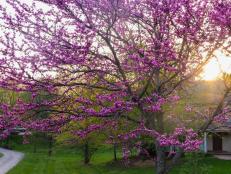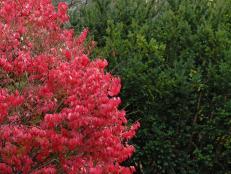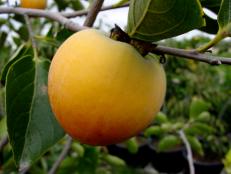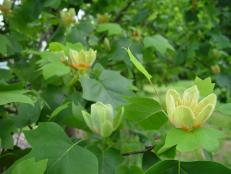Growing Smoke Tree


Plenty of trees go through a complete color transformation from spring through fall—consider Japanese maples, crape myrtles and ginkgos, to name a few. But perhaps no other tree does it as magically as the smoke tree.
If you’re in the market for something unique to add to your landscape, this tree’s the ticket. Smoke tree, Cotinus coggygria, is a small deciduous tree—some even call it smoke bush—that not only does a 360 on the color wheel throughout the seasons, but also offers a mystical aura, thanks to its unusual flower puffs that can resemble clouds of smoke.
The oval leaves of smoke tree, which grows 10 to 25 feet tall, emerge in late spring as a grayish-purple color before sending up clusters of fluffy, frothy pinkish-gray blooms. As the foliage turns a deep shade of burgundy, the contrast with the flowers makes the smoke-like clouds even more pronounced.
By midsummer, the leaves begin to lose their dramatic color, taking on more of a green hue for several months, before turning a spectacular orange-red in fall.
For these qualities, the multi-trunked smoke tree makes a great garden specimen as well as a nice accent for container plantings. If given full sun and well-drained soil, it’s also a reliable performer, offering drought- and deer resistance. Smoke tree encounters no serious disease or insect problems.
Growers have introduced a number of varieties over the years. Consider:
- ‘Royal Purple’—Red-purple foliage that turns scarlet in fall.
- ‘Grace’—Dark burgundy-purple foliage that becomes orange-red in autumn.
- ‘Pink Champagne’—Unusual green foliage edged in pink, which turns red and orange in fall.
- ‘Nordine’—Bronze leaves that become orange-red in autumn.













































